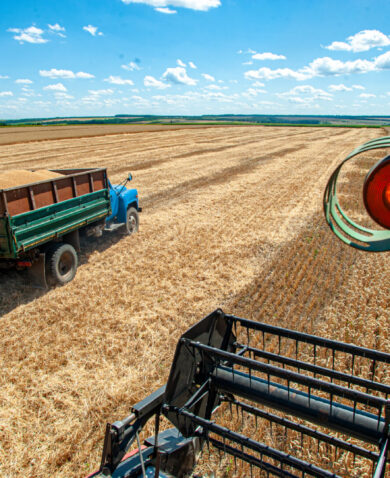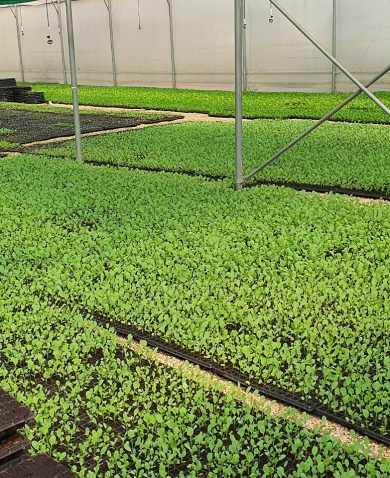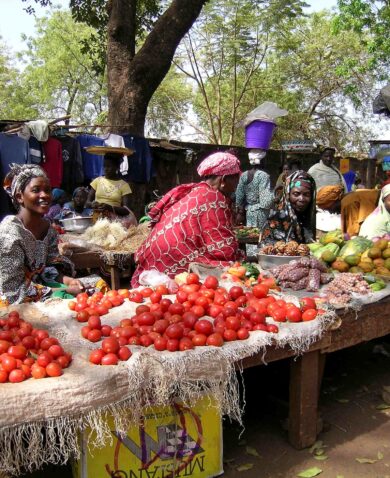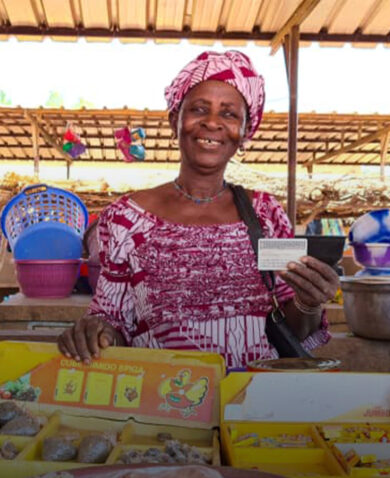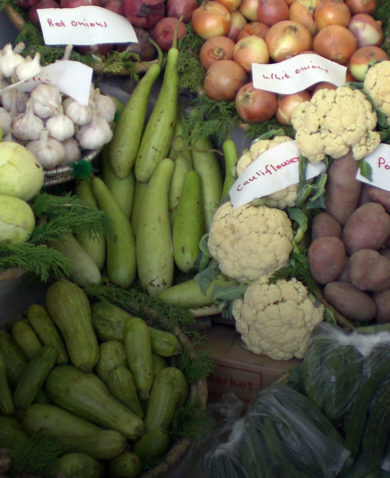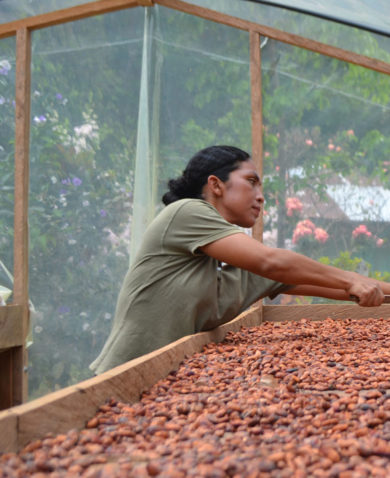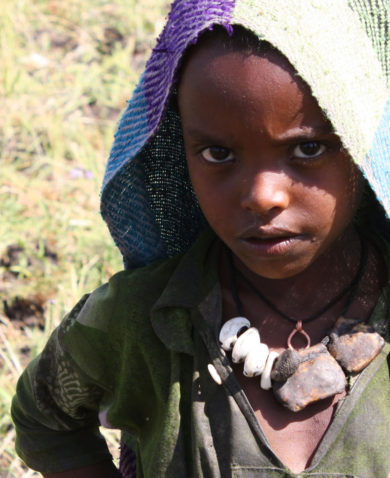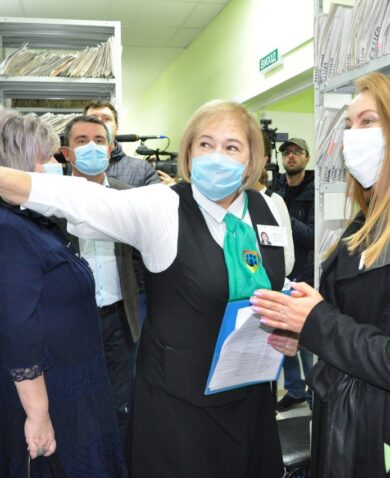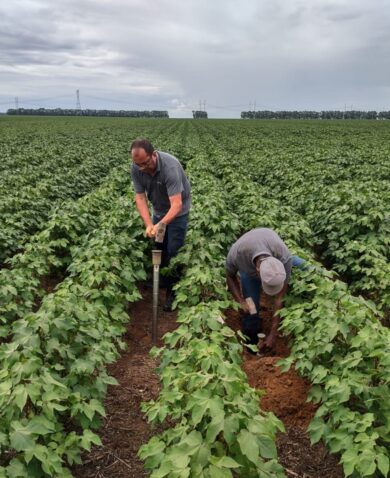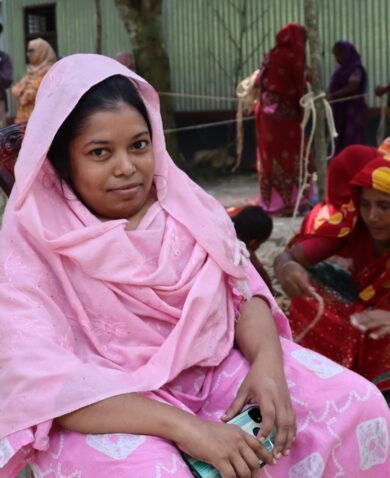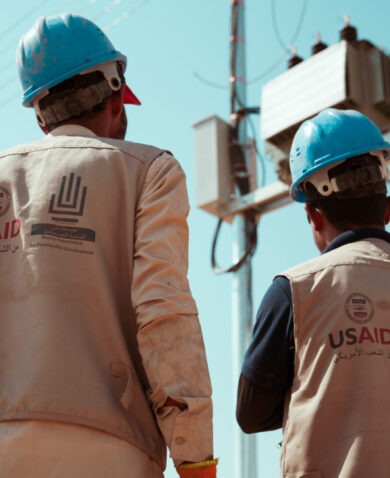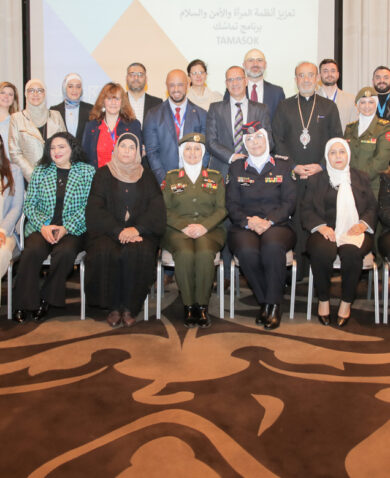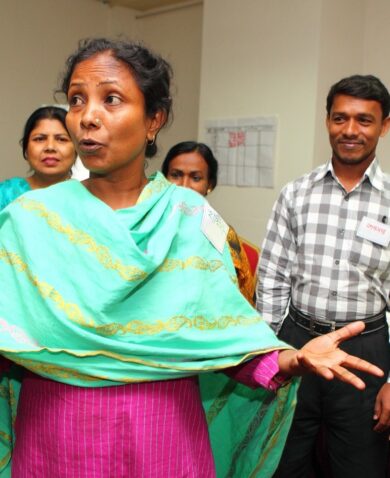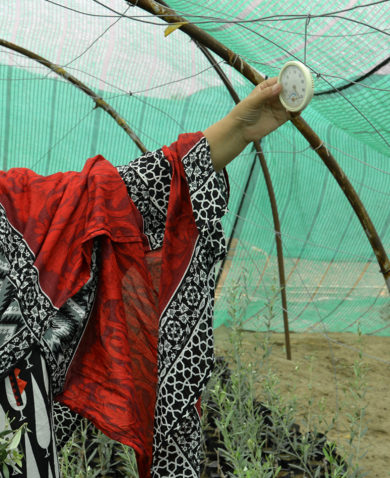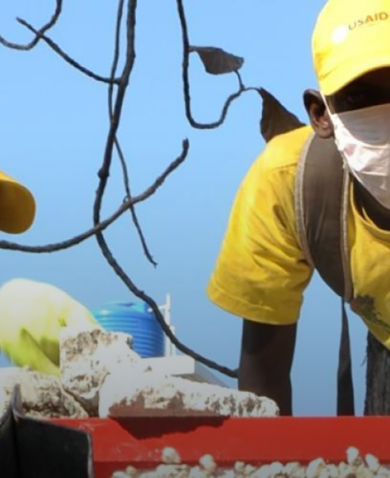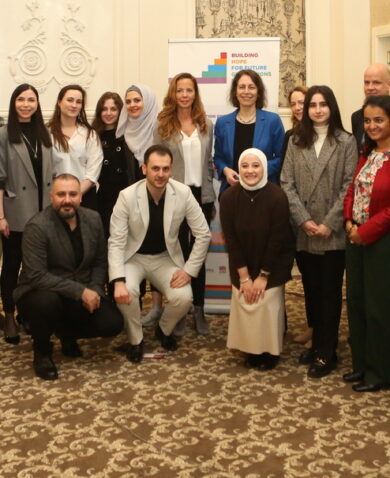Historically, malnutrition was considered a lagging indicator and therefore not an essential element of food security analysis. The thinking was that under-nutrition becomes evident after an extended period of low- or poor-quality caloric intake, once people are already food-insecure. In other words, when it is too late to be useful in understanding the underlying causes of food insecurity.
But this is a narrow view, said FEWS NET’s U.S.-based nutrition advisor, Christine McDonald, who recently joined a Chemonics team that includes nutrition experts Joel Munywoki in Nairobi, Kenya, and Moussa Moctar in Niamey, Niger.
“To make progress, it’s important to understand nutrition in a comprehensive way, to see what we can learn, for example, about seasonal patterns and trends and who within a given population is particularly vulnerable to malnutrition,” said McDonald, a registered dietitian with a doctorate from Harvard University, who recently studied dietary interventions in Malian and Tanzanian children.
“By looking at the causes and teasing out specific information on food insecurity, as well as behavior, caring practices, disease, and poverty, we hope to find a new level of detail that will be valuable both to humanitarian responders planning for emergencies as well as development agencies focused on longer-term solutions,” she said.
The bridge between humanitarian and development programming comes at an opportune time, when global leaders are promoting new approaches to improved nutrition and food security. These include the Scaling Up Nutrition movement, the G8’s New Alliance for Food Security and Nutrition, the 1,000 Days campaign, and A Promise Renewed initiative, which advocates evidenced-based decision-making to improve maternal and child health.


